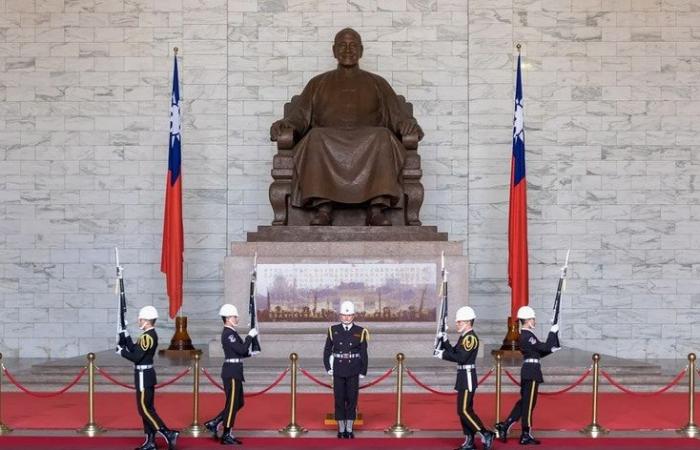In 2018, the Taiwanese Executive, led by the Democratic Progressive Party, created a transitional justice committee to investigate the governance of the former general, who was president of the Republic of China and Taiwan until 1975.
Several recommendations emerged from this assessment. One of them focuses on the removal of the many statues of Chiang Kai-shek scattered throughout public spaces. A park in northern Taipei is famous for the thousands of images of Chiang arranged around the site.
This Monday, the Government official, Shih Pu, said that the Ministry of the Interior is preparing to remove at least 760 statues of the dictator.
Faced with criticism of the delay in applying the measure decided in 2018, Shih explained that “the military, in particular, was slow to accept the subsidies provided as an incentive to remove the statues.”
“The Ministry of Defense said it needs to take military tradition into account,” added the official, quoted in the British daily The Guardian.
This argument is in line with the statement by Taiwan’s Minister of Defense last week, who justified the delay with the “military tradition of the Republic of China to honor Chiang, who founded training academies in China and later in Taiwan and considered military sites private property”, cited the South China Morning Post.
Chiang’s legacy: the dictator who defended “One China”
These advances and setbacks in the decision on what to do with the dictator’s statues are based on a debate that polarizes opinions.
If the Democratic Progressive Party, in power, defends the removal of taxes on the military, Chiang’s KMT Party – now in opposition – accuses the Government of wanting to erase history, specifically the legacy of this former president.
Some others even say that Taiwan’s current struggle should be compared to Chiang’s successes. In other words: the dictator oversaw Taiwan’s path to economic prosperity, fought against the communists and the Japanese and founded Taiwan’s military academies, notes the British newspaper.
Chiang Kai-shek supported the “One China Policy,” a Chinese strategic euphemism that denies Taiwan its right to sovereign existence.
At the end of China’s civil war in 1949, Chiang, the KMT (Kuomintang) party and millions of supporters fled to Taiwan after being defeated on the mainland.
The military man established the Government of the Republic of China in exile and led the population of Taiwan under martial law for decades until his death in 1975. Power was transferred to his son, who maintained the authoritarian regime until 1987. At the end of martial law , it was estimated that around 140,000 people had been arrested and another three to four thousand executed for demonstrating opposition to the KMT.
The Democratic Progressive Party, which defends Taiwan’s sovereignty, has been accused of trying to cut ties with China by erasing cultural assimilation if Chiang’s memory fades. The KMT, in addition to defending Taiwan’s historical and cultural ties with China, emphasizes that “it is very important that the current Government takes greater account of the historical memory of various groups of people”, instead of “imposing ideology”.






